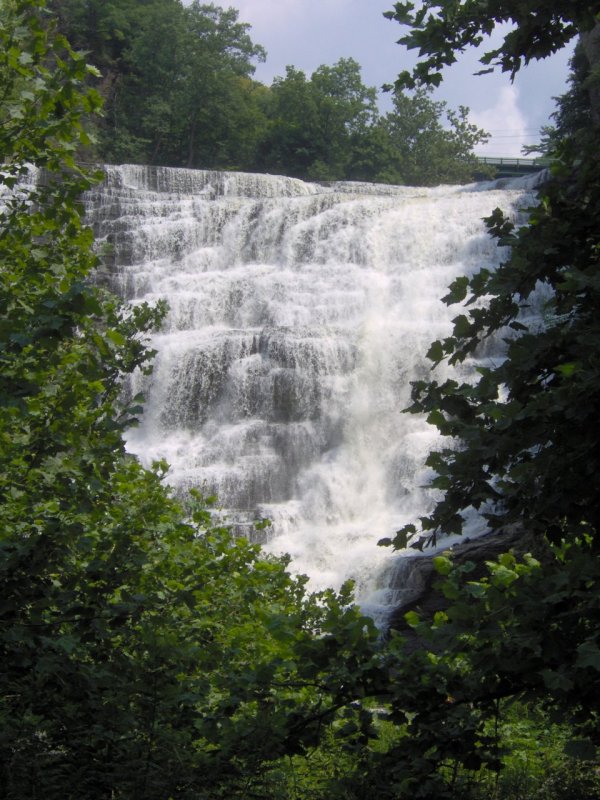Thanks to Maiken WinterSNEAKY PLANS FOR THE ARCTIC REFUGEEmboldened by the election outcome and elevated gas prices, drilling proponents are trying to sneak Arctic Refuge drilling measures past a new Congress and the American public by including them in the federal budget bill. This plan, which has been repeatedly defeated by Congressional opposition over the past few years, remains among the Bush administration's top domestic priorities.
Get the complete story and find out what you can do to help.------------------------------------------------
CHANGING CLIMATE MEANS CHANGES FOR WILDLIFE A new study warns that many plant and animal communities may change dramatically and that some types of forest may disappear as a result of global warming. According to the report, global warming will likely force plant and animal species to move northward if they are to survive and rising sea levels could force some wildlife to move inland or disappear entirely as low wetlands are inundated and coastal marshes become submerged. For more on the study and what you can do to help,
click here. ------------------------------------------------
ROSES ARE RED BUT YOURS COULD BE GREENWith Valentine's Day upon us, U.S. florists will supply nearly 110 million roses to consumers lanced by cupid's arrow. Those roses-and the millions more purchased throughout the year-are a boon to the economies of flower-growing nations and, in the short term, for floral workers. But in the long term, the flowers threaten both the health of the workers and the environment. The solution to this problem may lie in the hands of flower buyers.
Learn more.------------------------------------------------
RESTORATION IN THE BALANCEThe Bush administration recently proposed slashing protections for thousands of miles of streams from southern California to the Canadian border that may provide habitat for federally protected salmon and steelhead. Under the plan, critical habitat currently unoccupied by these fish would be left unprotected, diminishing the chances for future restoration efforts. For the full story on the fishy plan,
click here.------------------------------------------------
CAPITOL HILL DAYSThe National Wildlife Federation Population & Environment Team invites you to attend its 9th Annual Capitol Hill Days from April 2-5, 2005 in Washington, DC. Learn how to lobby, attend panel discussions on population and environment issues, learn how to build grassroots coalitions and much more! The event is free and limited financial assistance is available to cover lodging or travel expenses. For more information or to register contact Sara Bushey at 202-797-6661 or population@nwf.org. Registrations must be received by February 28 and forms can be
downloaded online. ------------------------------------------------
ACT NOW FOR THE GREAT DIVIDEThe Bureau of Land Management is accepting public comments through March 18 on its proposal to allow oil and gas development and mineral leasing in Wyoming's Great Divide without effective measures in place to conserve wildlife and essential habitats.
Send your comments today. ------------------------------------------------
CHECK OUT THESE OTHER EXCITING ARTICLES New Rules Weaken National Forest ProtectionsWhat's Next For CongressAll Is Not So Quiet On The Western FrontFor the complete issue of EnviroAction, go to
http://www.nwf.org/action
Permalink 8:54 AM




